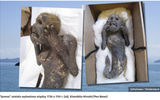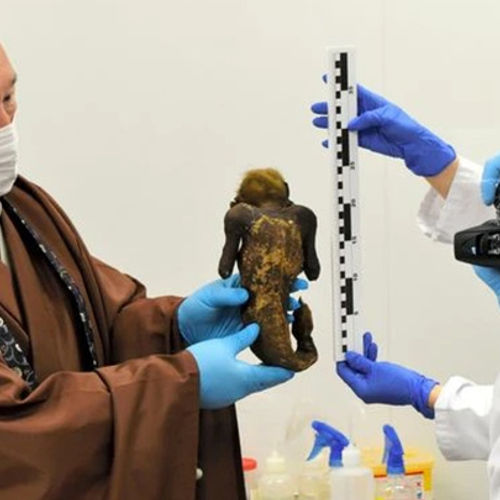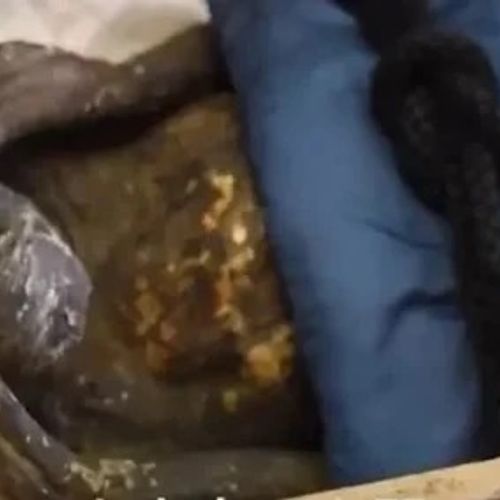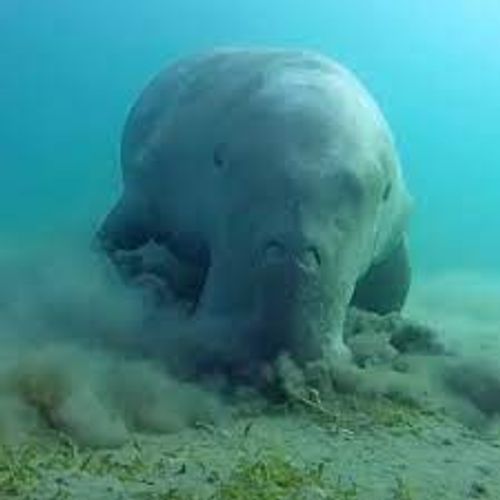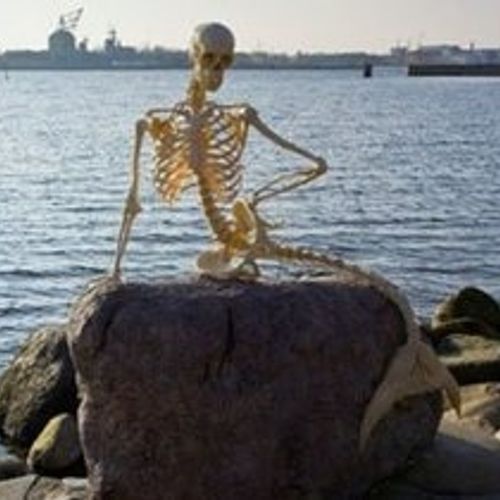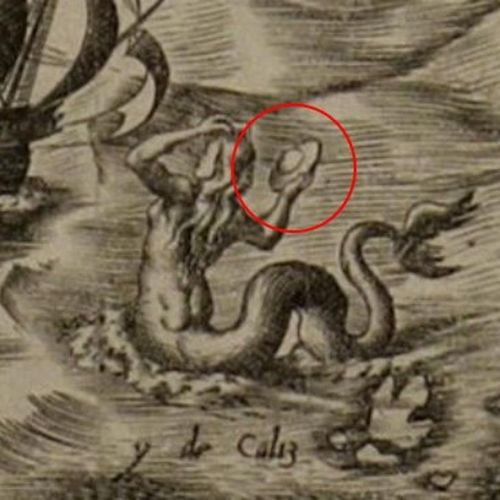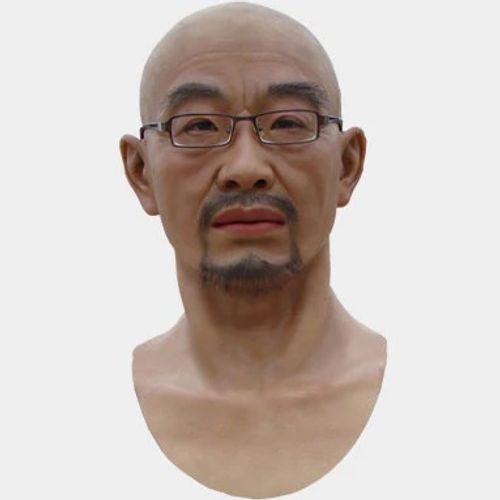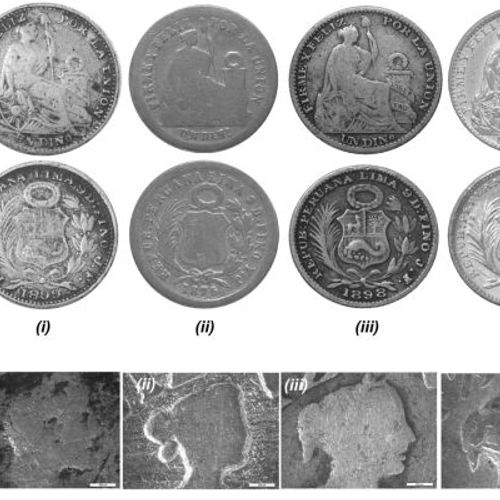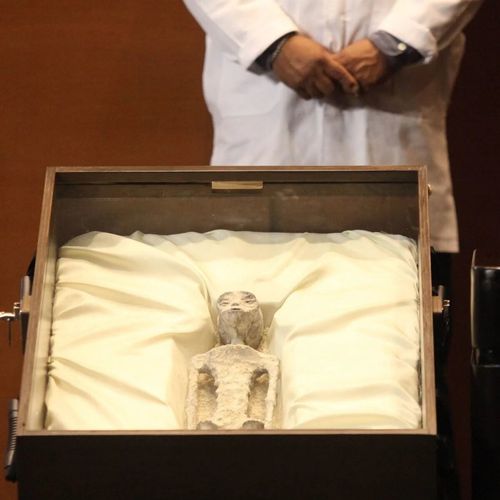
| Added | Sat, 18/05/2024 |
| Источники | |
| Дата публикации | Fri, 17/05/2024
|
| Феномены | |
| Версии |
Scientists from the Kurashiki University of Science and Arts decided to solve the mystery of the mysterious mummy located in the Enjuin Temple in the Japanese city of Asakuchi. They managed to determine that the terrifying hybrid, which was found with a note: "A mermaid caught in a net off the coast of Tosa," is something different than originally thought.
According to Unseen Japan, the mummy was discovered in the Japanese temple of Enjuin. The unusual object was in the box along with a note indicating its origin. It stated that the mermaid was found off the coast of Tosa "in the Genbun era [1736-1741 AD]." However, no one knew how or when the mummy ended up in Anguin.
The unusual appearance of the find has long attracted the attention of scientists. The 30 cm long mermaid had human features, and her body consisted of a fur-covered torso and what looked like a scaly fish tail. The mummy also had two human-like arms and pointed teeth. It was used for religious purposes.
IFL Science points to a statement by the abbot of the Enjuin Temple, who in an interview with the Asahi Shimbun newspaper admitted that mummies were worshipped "hoping that they would help at least slightly alleviate the coronavirus pandemic." This happened before her real origin was found out.
In 2022, a team of scientists from the Kurashiki University of Science and Arts (KUSA) began cooperating with the temple. He decided to take a closer look at the mummy and explain its mystery. To this end, a number of studies have been conducted, the results of which are published in a detailed report. The experts used, among other things: radiography, computed tomography (CT), radiocarbon analysis and DNA analysis.
Research has established that the mummy from the temple of Anjuin is not an animal, but evidence of human creativity. The sample was a model made of paper, fabric, cotton, glue, gypsum and a number of other ingredients. Its creator added some animal elements to it. The mummy's hair is made from animal hair, and the scales on the body are from two types of fish — pufferfish and humpback. The jawbone was also borrowed from a fish, most likely a predatory species.
Interestingly, experts have determined that the mummy did not originate from the Genbun era, as the note found on it suggested. Most likely, it was created at the end of the 19th century. Although the mystery of the mysterious item from the temple of Anjuin has been solved, the item is still an important artifact and will return to the custody of the priests.
In Japan, there are many similar products that are a reference to the ningyo, that is, fish-like creatures known from Japanese mythology. In Japanese literature, one can find records that eating the meat of such a creature ensured longevity. However, to catch him meant misfortune, and to throw him ashore meant war and disaster.
Новости со схожими феноменами
Новости со схожими версиями
Log in or register to post comments
